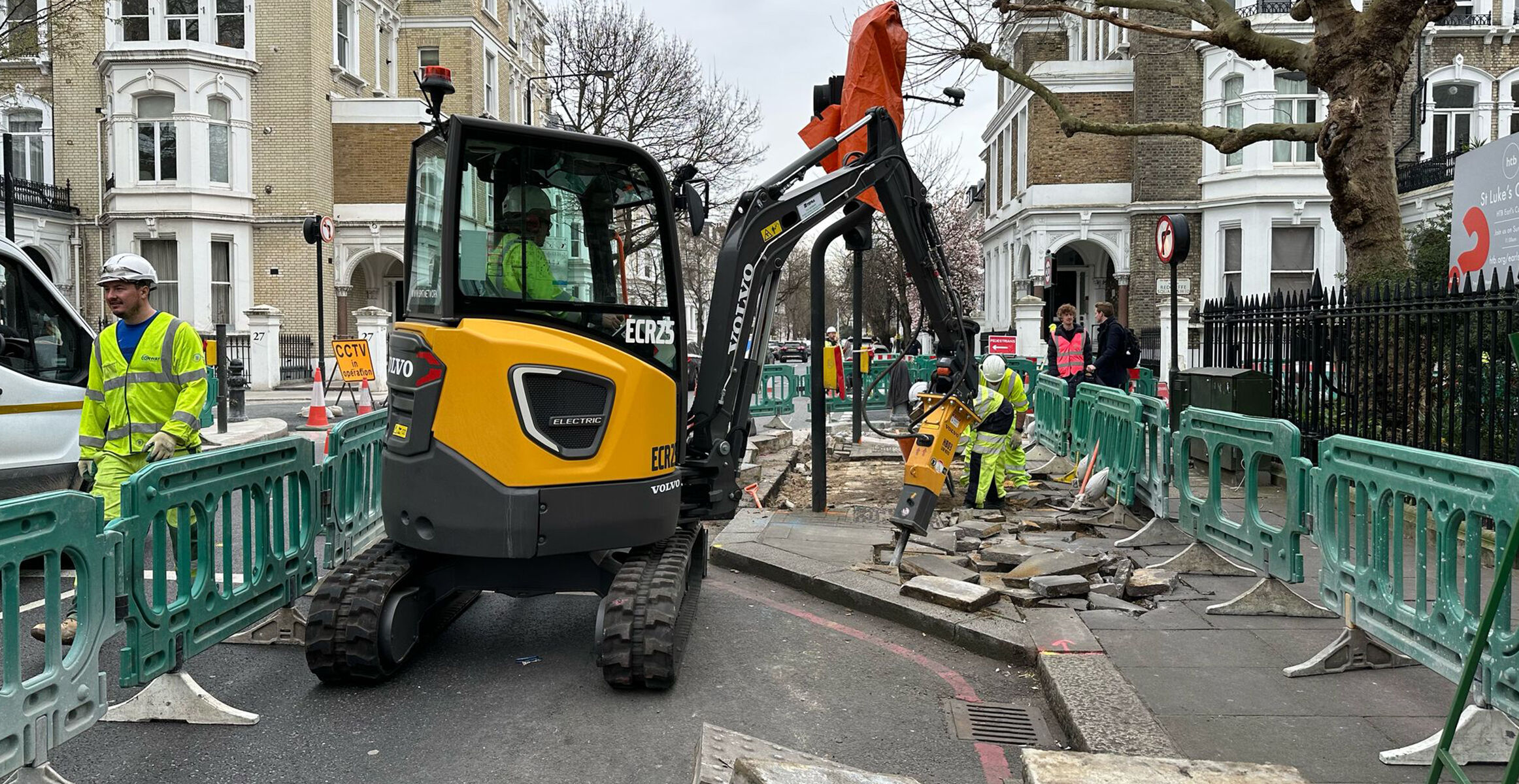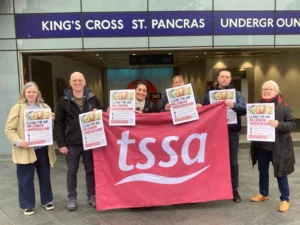During London Climate Action Week, a roundtable was held at the Swedish Embassy to confront a growing urban threat: emissions from diesel-powered construction equipment.
At the heart of the discussion was a shared urgency to accelerate the shift to zero-emission machinery in cities, where compact diesel machines remain a major but often overlooked source of air pollution.

With construction now surpassing cars as London’s top source of black carbon emissions, participants stressed that continuing with the status quo could have severe consequences for public health.
In London alone, there are around 5,000 diesel compact excavators in use, which emit levels of nitrogen oxides and particulate matter equivalent to more than 100,000 diesel cars.
These emissions are so high because such machines are not required to be fitted with the same particulate filters that passenger cars and larger construction equipment are required to have. As such, they are exempt from Ultra Low Emission Zone regulations.
To demonstrate the potential of electric alternatives, Volvo CE, Transport for London, and contractor FM Conway conducted a 12-week trial replacing diesel machines with electric ones on active sites.
The pilot prevented nearly 8kg of NOx and non-methane hydrocarbon emissions – the same amount a diesel car would emit after driving more than 39,000 miles.
This reinforces the fact that compact construction machines, which account for over half of the sector’s NOx emissions despite being just a third of the fleet, are a disproportionately large part of the problem.
Mete Coban MBE, Deputy Mayor for Environment and Energy, said: ‘Reducing emissions from construction equipment is a key way we can clean up our air, and the Mayor has already taken firm action by introducing the Non-Road Mobile Machinery Low Emission Zone and tightening standards, ahead of all construction equipment in London needing to be zero-emission by 2040.’
Thomas Bitter, Head of the Compact Business Unit at Volvo CE, added: ‘Cities like London are making great progress to improve air quality. But ignoring construction equipment in low emission policies misses a key health opportunity. Zero-emission solutions exist, but adoption is too slow.
‘We need full value chain collaboration to break down barriers to change and speed up the shift to emission-free construction that is so essential for urban health.’

















Leave a Reply